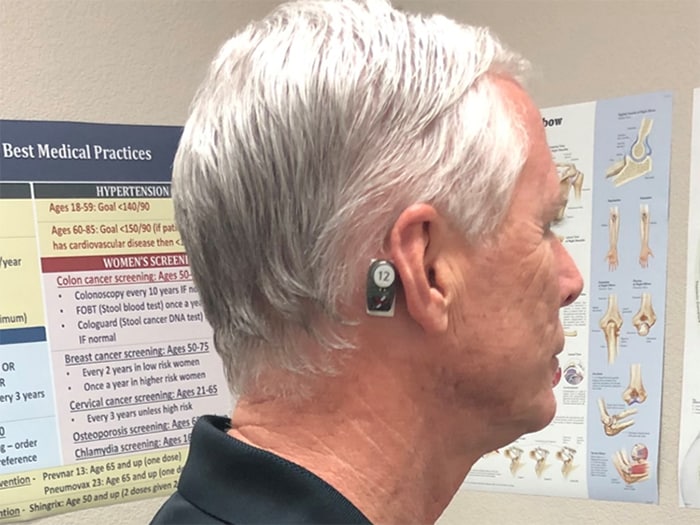Canadian university developing pioneering wearable tech to help people with neurological conditions

Researchers from the University of Alberta, which is based in Canada, are teaming up with a precision-health innovator to develop an affordable wearable sensor to help people suffering from chronic neurologic conditions treat their illness remotely.
The aim is to enable the wearable device to monitor the patient remotely, while reducing the frequency and costs of hospital visits.
Hossein Rouhani, an assistant professor in the Faculty of Engineering and primary investigator in the Neuromuscular Control and Biomechanics Laboratory, said healthcare provider lockdowns triggered by the COVID-19 pandemic have highlighted the significant benefits of wearable devices that can expand virtual healthcare and remote patient monitoring for many different medical conditions.
“We saw how hospitals become a hub during events like COVID-19, so it’s better to minimise the number of people referred to hospitals,” said Hossein. “It’s also the future of monitoring neurodegenerative diseases.”
PROTXX developed a wearable sensor that fits behind the ear. The sensor technology it uses is similar to accelerometers and gyroscopes found in smartphones and tablets. These electromechanical devices enable non-invasive monitoring and measuring of neurological, sensory and musculoskeletal impairments.
“The proposed technology can be life-saving for both patients and health-care workers, and significantly reduce direct and indirect health-care costs while improving health outcomes,” Hossein added.
He explained that his lab is responsible for the development of machine learning algorithms that can turn the raw data from the sensors into clinically relevant information.
Hossein said the new version of the device will be used to help patients who have suffered stroke or spinal cord injury, or have multiple sclerosis (MS), an autoimmune inflammatory disease that may cause progressive disability in functions in the central nervous system.
“We can detect some physiological change in the motion pattern of individuals with MS, and we can use it as a sort of biomarker to detect the effect of MS,” he continued.
According to the university, MS patients will benefit from remote health monitoring, while the innovative wearable can detect early signs of symptoms such as decreased mobility, loss of balance and change in activity level, and communicate them to healthcare professionals while providing patients with feedback to minimise their visit to hospitals.
The use of the PROTXX sensor also removes the need for expensive, bulky equipment, the university adds.
“MS is a very high-priority due to its high incidence in Alberta and across Canada, as well as its high impact on the function and quality of life in persons with MS,” said Chester Ho, Director of the Division of Physical Medicine and Rehabilitation, Professor in the Faculty of Medicine & Dentistry and member of the Neuroscience and Mental Health Insititute.
Chester, a co-lead investigator, will also lead the testing of the device.
“This is a very timely investigation into the application of remote personalised health monitoring in rehabilitation medicine, starting with MS patients here in Edmonton, but with significant opportunities to enhance health-care outcomes for other important rehab populations such as stroke and concussion.”

